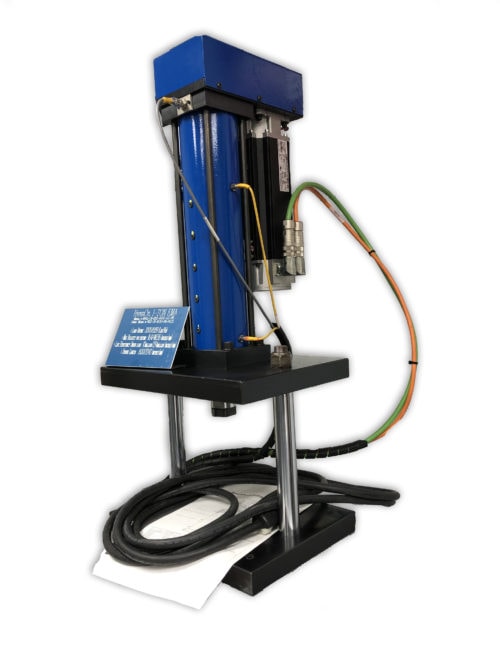
Actuators are designed to convert energy from different sources, such as electric currents, pneumatic pressure, or hydraulic fluid pressure, into motion. There are three main types of actuators: pneumatic actuators, hydraulic actuators, and servo actuators.
Servo actuators use feedback signals to move or control mechanical systems in a highly efficient and safe manner. This is possible because servo actuators have a controller that can accurately compare, contrast, and calculate the potential differences between the desired results and system conditions on a real-time basis before the motion starts.
Servo actuators use a servo motor in either an open or closed-loop control system. Several servo actuator models have a food-grade approved coating of paint for more sanitary wash-down applications.
Servo actuators are available in both ball and roller screw configurations, like the HyperCyl-EMA, which has several options available for output force. They have an extended service life because they can easily be re-lubricated without disassembly.
How Does a Servo Actuator Work?
A servo system has three main core components:
- A controlled device that allows the actuator to successfully operate
- An output sensor/signal that acts as the main controller to tell the device what to do
- A position sensor, encoder feedback, or load cell to provide accurate system feedback readings
Servo Actuator Control Systems
The control systems, which allow the actuators to operate, come in two different designs.
Closed-Loop Control System
Commonly referred to as feedback controllers, this type of control system is fully automatic and uses the input of the system and the output of the system controls to function. Closed-loop control systems are usually very accurate.
Open-Loop Control System
Commonly referred to as a non-feedback system, this type of control system is not automatic and doesn’t have a feedback loop. The output of the system depends on the input. However, the input or controller is independent of the output produced by the system. Open-loop systems do not measure the device’s output or use the information as input for further consideration.
How Do Servo Actuator Controls Work?
Servo actuators are controlled by a feedback signal generated by comparing the output signal and the reference-input signal rather than a variable-input signal. Whenever a command or reference-input signal is applied to the system, it is immediately compared with the system’s output-reference signal produced by the output sensor. Lastly, a third signal is produced by the servo actuator’s feedback system before it starts to move.
The device can also be programmed with certain instructions and autonomously perform the movements on its own. For example, the actuator can receive a command to go to a specific position and immediately follow the command. This makes them very different from comparable pneumatic valves (pneumatic actuators) and pumps (hydraulic actuators), which can only follow simple instructions to ‘power on’ or ‘power off’ on their own.
Applications of Servo Actuators
There are numerous applications of servo actuators. Some of these include toys, home electronics, computers, drones, and remote controlled cars.
Servo actuators also often play a crucial role in the function of both land- and sea-based vehicles – such as automobiles, airplanes, helicopters, and submarines.
Automobiles
Servo actuators can contribute to the function of these parts in automobiles:
- Engine Cradle Assembly
- Engine Sub-Assembly
- Ball Joints and Bushings
Airplanes and Helicopters
Servo actuators adjust the wing angle of airplanes and control steering by moving the levers back and forth. Airplanes can easily “fly-by-wire” when they have a servo-controlled main system instead of an older hydraulic-powered one.
Servo actuators can also control the speed of a helicopter by moving a swash plate, which can tilt the pitch of the blades in a certain direction to give it more lift.
Submarines
Servo actuators can adjust the submarine’s steering, bay doors, hatches, and rudder.
Servo Actuators at HyperCyl
HyperCyl has been providing servo actuators and other high quality assembly and forming solutions for customers in the industrial automation, commercial, manufacturing, and defense industries for over 25 years. Please contact us or request a quote today to learn more about servo actuators or our other product and service offerings. Our highly experienced team members would be happy to use their expertise to talk with you and help you identify the appropriate actuator for your organization’s specific needs.


Comments are closed